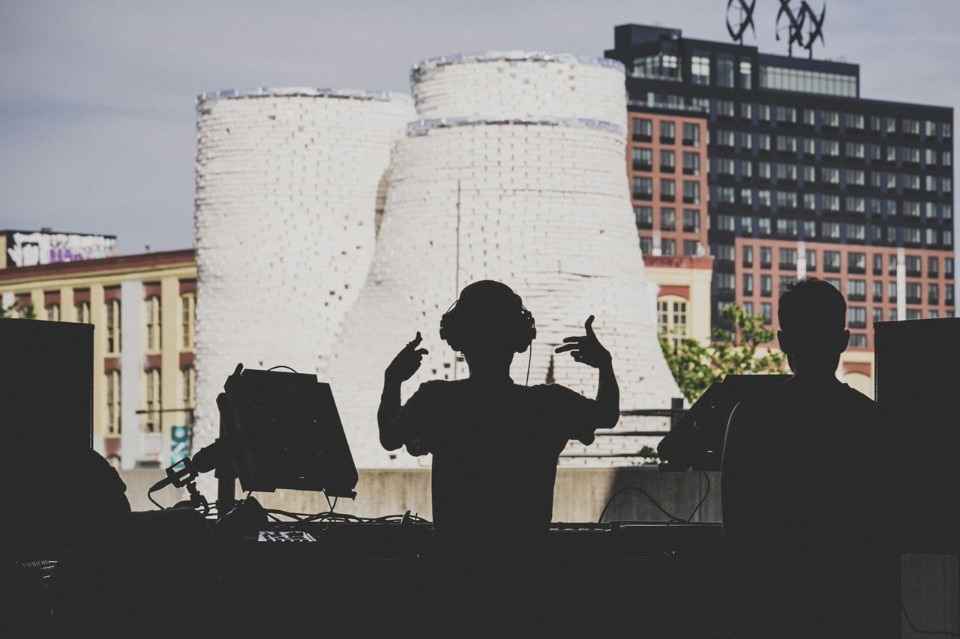“Alright. Sounds good,” I said to myself. Making the journey via bus to Queens, and walking into the sunshine of the MoMA/PS1 courtyard, I was pleasantly greeted by the silky sound of London house and techno maestro George FitzGerald playing in the distance. Of course I was also there to see the architectural installation "Hi-Fy" by The Living, so I headed straight over to wander/climb/sit inside of its curvaceous towers. I was excited. The Young Architects Program, now in its 15th edition, is such a unique opportunity to see world-class music inside of world-class architecture, arranged by some of the finest curators in the world. So what went wrong?

Why, when presented with a relatively simple, yet potentially exciting program of "music performance and party", does the installation literally block the music from my ears?

The missed opportunities are not simply a problem of this year's design. The Young Architects Program has become systemically lost form its core mission

